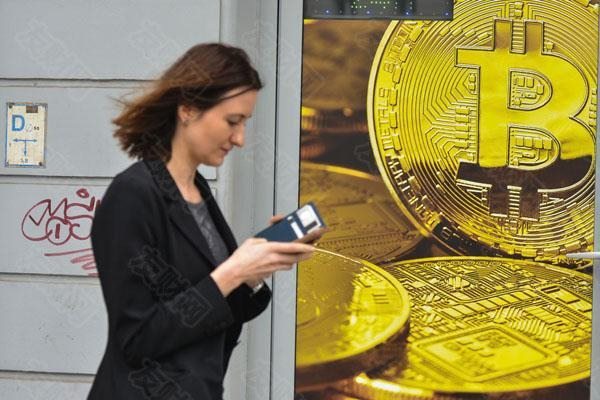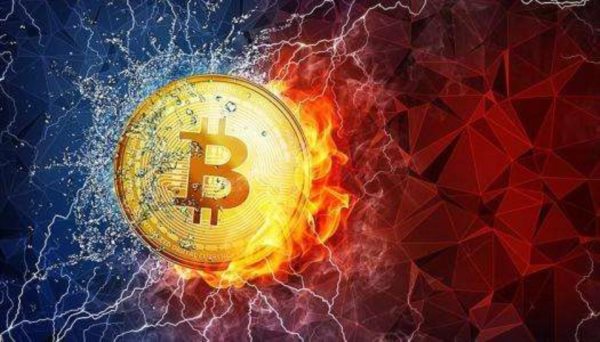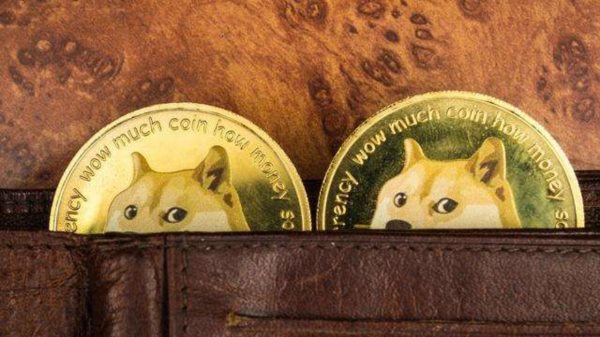Compiled by Katie Gu
When a DAO dissolves, the remaining funds are distributed to token holders, and sometimes a DAO closure can be more valuable than its operation. This was the case with the dissolution of the MEV project RookDAO. The ROOK token holders voted to shut down and distribute the $25 million treasury value. As a result, the token price increased by 5x. The price surge was mainly driven by the treasury value exceeding the total market cap of ROOK tokens.
It's important to note that not all ROOK token holders will redeem their tokens. The ROOK example is just one part of the "new playbook" that DeFi DAOs are currently playing out in the bear market.
In this article, we will explore the strategy of dissolving DAOs to profit and analyze the potential risks in such events. This strategy is controversial, so DYOR.
What is "SlowRug"?
Those familiar with the crypto space should know about "rugpulls," where developers suddenly drain project funds for personal gains and exit the market. But there's also something called "slowrug," which is a more subtle version where funds are slowly drained over a longer period of time, often disguised as legitimate operating expenses like salaries.
For example, RookLab, composed of 22 DAO contributors, receives $6.1 million per year ($300k per contributor). However, the team has been unable to provide a roadmap or goals, even as the protocol's trading volume decreased by about 78% in just six months.
"Slowrug" is more complex than it appears, as DAOs face several issues in such situations:
- Legal Uncertainty: DAOs are in a legal gray area, leading to uncertainty in operations, fund management, and taxation. - Legal Compliance Relationships: Managing legal relationships with individuals and organizations globally becomes complex due to different jurisdictions. - Liability Limitations: The potential liability of DAO token holders is a concern, and options include establishing a legal entity, a collective fund, or compensation fund. - Governance: Balancing efficiency, decentralization, and transparency in governance is a major challenge. - Talent Management: Recruiting, onboarding, and managing talent in DAOs can be difficult due to the lack of legal entities and self-directed nature of roles.
How do we oversee teams that don't add value to token holders?
Some DAOs take responsibility through "self-dissolution." For example, the Fei core team (TribeDAO) decided to dissolve and distributed $220 million from its treasury to token holders. At the time of voting, TRIBE's valuation was only $66 million, but now the trading price is $128 million.
In both the Rook and Tribe cases, the dissolution of DAOs was beneficial for token holders. But what happens when core team members resist governance voting? That's where things get interesting.
Aragon


数字货币钱包的商业模式主要集中在钱包的生态结构上。钱包的价值在于拥有数字货币行业巨大的流量资源,如何实现流量资源的实现是数字货币钱包行业每个人都在努力探索的问题。以下将介绍几种成熟的商业合作模式。排水与返利交流 排水和返...


以太坊联合创始人Vitalik Buterin在推特上表示,基于加密的保险DAO(去中心化自治组织)被严重低估。保险DAO允许面临类似风险的多个参与者共同筹集资金,并同意为遭受风险的任何成员提供保障,从而确保激励机制的平...


PEPE (PEPE):PEPE 代币通过在较大的下跌通道模式内形成楔形模式,为趋势反转反弹做准备。PEPE 价格走势通过超越近期复苏中的上方趋势线,预示着突破反弹。此外,看涨复苏反弹在过去三天内导致价格上涨 10%,并...


狗狗币会达到 10 美元吗?历史模式表明价格将大幅上涨狗狗币的历史模式表明,随着比特币的走势,2025 年可能会达到峰值。预测强调了强劲的采用和技术增长,因此第四年至关重要。分析师预计价格大幅上涨的时间线各不相同,有可能...